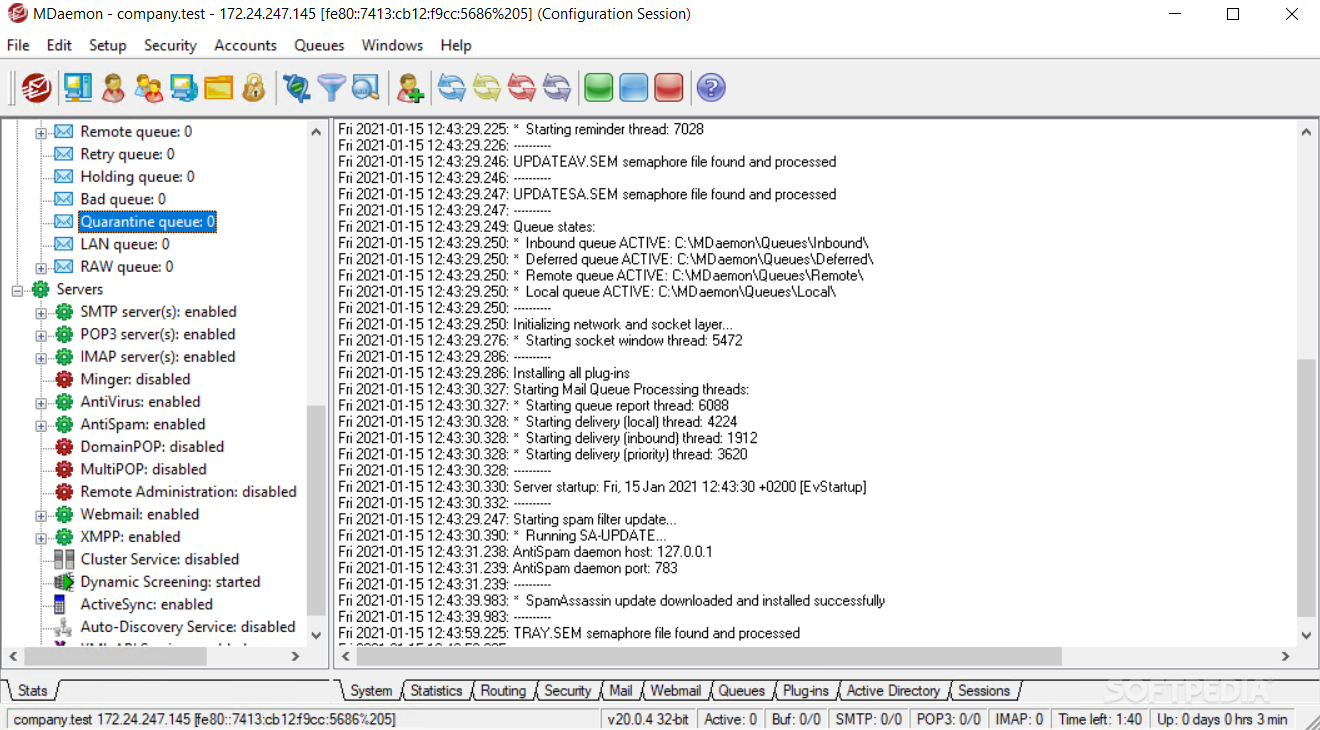
In this scenario the Microsoft Transporter Tool would not be useful because it only copies data from the Mdaemon Server to Exchange Server.

This method can be useful if the user does not have any data on the MDaemon Server and all information is kept in his/her local PST. In the table below we can see all required columns by Transporter Tool and what we already have using the exported file that came from MDaemon.Ī second option is using Import-Mailbox cmdlet, where we can import data from a PST file to an existent Exchange mailbox. We can use the exported file from Mdaemon to create the file required by Microsoft Transporter Tool, we can use Excel or a simple notepad to change the format. Open MDaemon Console, click on Accounts, Exporting and then click on Export accounts to comma delimited file. All methods that will be described here must be synchronized with the end-user migration.Īs we saw in the first article, we can export MDaemon account list and use some of those columns to create a migration file. We have several ways to move data from MDaemon to Exchange Server. One of the last steps for a coexistence scenario migration is the real data migration.


The same method can be used to create rules to publish Exchange to mobile users using Activesync devices. If you are using ISA you can use the built-in wizards to help you out to create the publishing rules. A new firewall rule in your current firewall to publish OWA is required to provide webmail for the remote users.Īnother firewall change that should be made is related to Outlook Anywhere and web services, after moving users to the new environment they will be able to use all Exchange Server mobility features and they require some configuration at your firewall level. During the coexistence we need to instruct the migrated users to use a different URL to access the webmail page from internal network and also from the Internet.


 0 kommentar(er)
0 kommentar(er)
